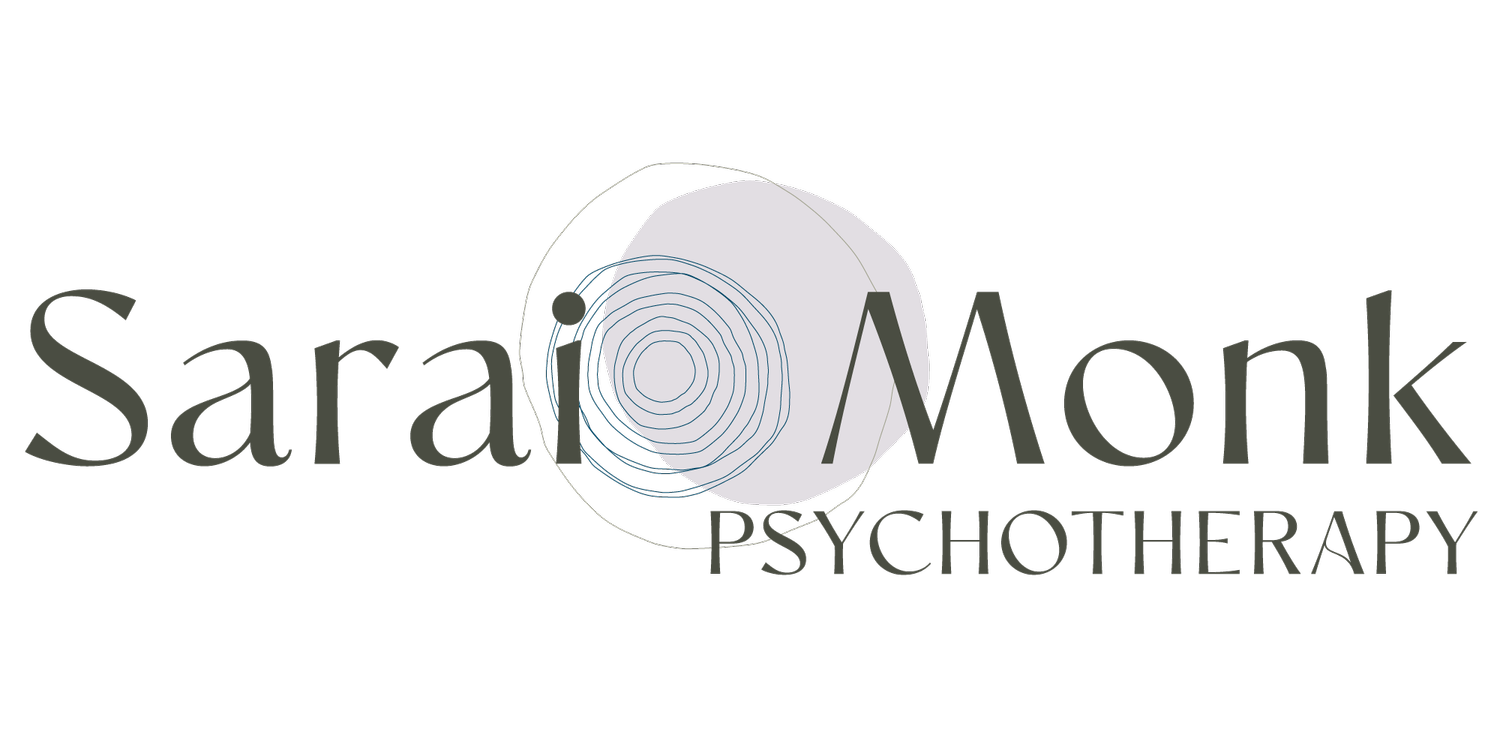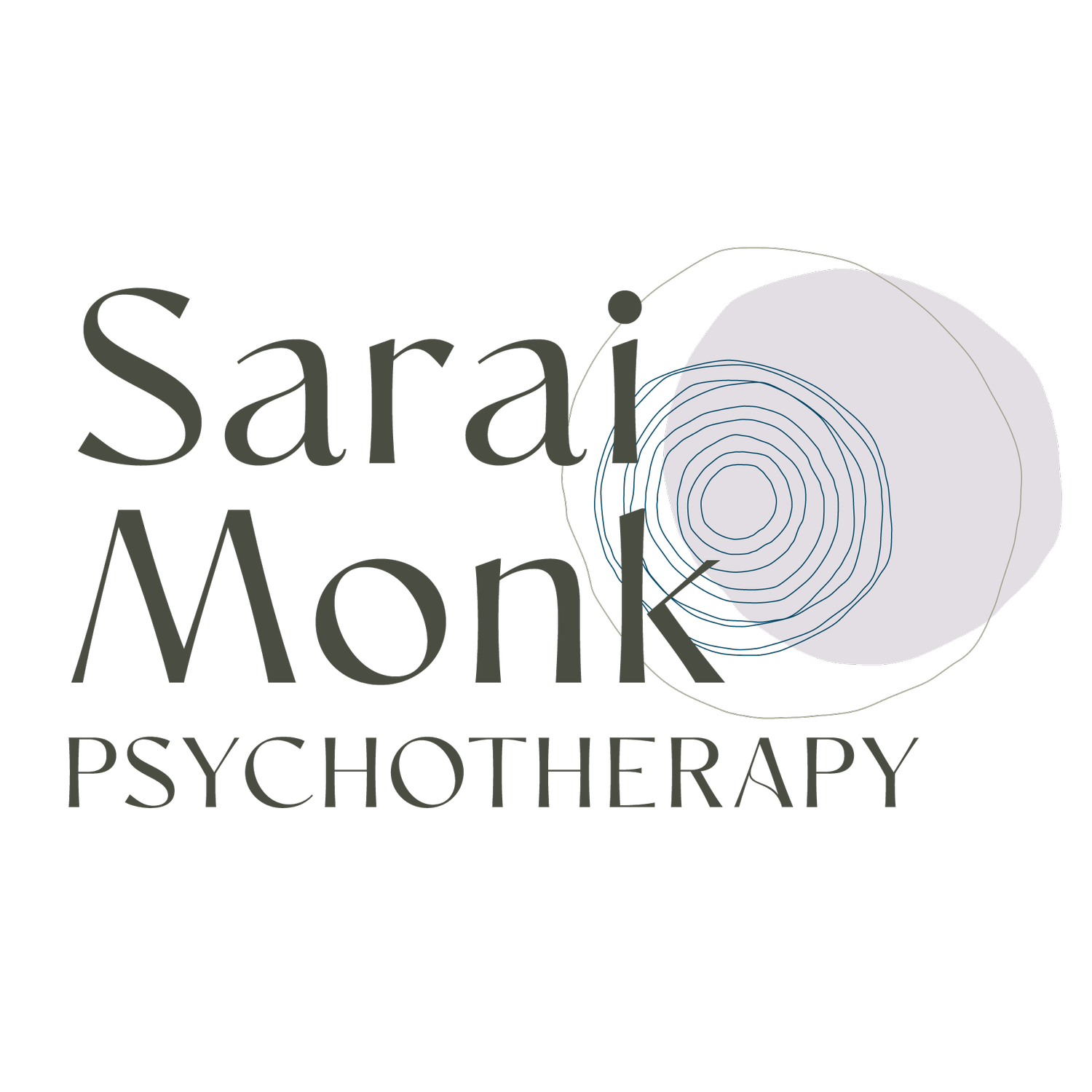What are the three different types of anxiety?
What are the three different types of anxiety?
In this blog I will give you a detailed picture of the three different pathways that anxiety can take, that can be observed, through the physical symptoms in your body. Once you’re able to distinguish which type of anxiety manifests in you at any given moment, you then have the choice to regulate it. There are distinctly different ways to regulate each different type of anxiety.
Anxiety pathways will change as the anxiety rises (if not regulated), so you might recognise all three of these pathways, or just one or two of them.
Please note, that this blog is about anxiety pathways and regulation, which won’t stop the underlying cause of anxiety. In order to get to the bottom of your anxiety and treat it for good, please talk to a professional psychotherapist or counsellor.
Low Rise in Anxiety: Striated Muscle Anxiety
The first of the three different types of anxiety is striated muscle anxiety. When anxiety first appears in your body, neuroscience has taught us that it follows a certain pathway through the body in the form of physiological symptoms of muscle tension. This is anxiety at a low rise, and it is in the muscles we have voluntary control over.
What is striated muscle anxiety?
You might be familiar with ‘fight flight’. This is the same state. It is when there is danger and your body’s muscles engage in order to fight off the danger or run to safety. Your body is under the aegis of the sympathetic nervous system at this point. It is up-regulated in order to fight or flee.
The pathway striated muscle anxiety takes
At a low rise in anxiety, the tension starts in the eyes, with dryness or increased blinking. Then muscle tension will then go to the hands, as fidgetiness, sweaty palms, cold hands, or some other sensation. The tension will travel through your whole body, following a certain route. It could be you feel shivery all over, or that you blush.
After the eyes and hands, the anxiety then travels up the arms, then into the shoulders which might become tense, to the neck, head, and face. The throat and chest might become tight, breathing might be restricted. The stomach can feel clenched, and the legs and feet might become tense, twitchy or restless.
If you identify tension or restlessness in your feet, this indicates that the anxiety has travelled through your whole body. If you’re regularly restless or anxious in your legs/feet, chances are you’re chronically tense most of the time.
Identifying striated muscle anxiety
The problem I see a lot, is that most people either aren’t aware of their anxiety symptoms (it has become normal to feel chronically tense), or they’re aware of the tension (great!) but are choosing to do nothing - to ignore or dismiss it.
Once you start to notice your anxiety (which is your body is screaming at you for help!), then you have a choice: do I want to take care of myself, and do something about my anxiety?
Regulating striated muscle anxiety
The risk of not regulating your anxiety at this stage, is that it will continue to rise, causing worsened symptoms, such as stomach problems, thinking problems, panic attack, or something else.
Because your body is chronically tense with striated muscle anxiety, the way to regulate it is to do a breathing technique such as box breath, ujjayi breathing, or making your exhales longer than your inhales.
Another important regulation technique is to do a body scan meditation. One that puts your mind into your body, like mindfulness.
When you do the body scan, put your mind into each body part, and follow the pathway that the anxiety takes (starting with the hands and ending with the feet).
I call it the ‘body inventory scan’, because it’s also a way of collecting data on yourself. You can build up a picture of what happens in your body when you’re anxious, and learn your continuum of chronic or milder anxiety symptoms. It also helps you learn the important skill of interoception, This is similar to proprioception, but it’s awareness of the sensations inside you.
I will put details on how to regulate striated muscle anxiety in more detail, in another blog.
2. Mid Rise in Anxiety: Smooth Muscle Anxiety
The second of the three different types of anxiety is smooth muscle anxiety. These symptoms happen as anxiety continues to rise, if striated anxiety isn’t regulated. Sometimes striated anxiety is skipped and you’ll only be aware of smooth muscle symptoms.
What is smooth muscle anxiety?
Smooth muscle anxiety is under the aegis of the parasympathetic nervous system, and down-regulates your body: your heart rate and blood flow slow down. You won’t know you’re anxious, and might appear and feel relaxed or slumped, but inside your body thinks there is danger, and the symptoms are those connected with your nervous system being stuck in parasympathetic mode, which is the freeze response in trauma.
Smooth muscle anxiety symptoms are: a sick feeling in your stomach, and nausea. Urinary tract problems, and any problems related to the GI tract, such as acid reflex, bowel problems: IBS, constipation/diarrhoea. You might experience lightheadedness, migraines, dizziness, or fainting.
Collapse response: freeze and sham death
In trauma we can understand this state as what happens after fight flight fails to get us away from danger. With childhood abuse or neglect, it happens when you were helpless and dependent as a child, unable to escape your abuser.
The body is so intelligent! If the tiger (abuser) has bitten a chunk out of you, freeze or sham death slows the blood flow so you have more chance of survival: the tiger might think you’re already dead and leave you alone.
We see this with cats and their prey. The bird plays dead (a physiological response it has no control over), the cat gets bored, drops it and walks off. After a few minutes the bird recovers, and flies off.
Regulating smooth muscle anxiety
Because your body is collapsed while in smooth muscle anxiety, the way to regulate it is to activate your muscles. For example, you can pump your arms, hands in fists, as if lifting imaginary dumbbells. Weight lifting at the gym is an excellent antidote. Or simply tensing everything in your body for up to ten seconds, and then releasing.
I will put details on how to regulate smooth muscle anxiety in more detail, in another blog.
3. High Rise in Anxiety: Cognitive Perceptual Disruption (CPD)
The third of the three different types of anxiety is CPD, and it affects your cognitive processes. It goes into your mind, and impairs your capacity to think. It can happen in a split second, one minute you’re talking, the next you go blank or foggy, and have lost your train of thought.
Sometimes, your body might skip striated and smooth muscle anxiety, and go instantly into CPD.
Some more ways that CPD can manifest are: you might become incoherent, have delays in your speech, or your speech might speed up. What you’re saying might become confusing. And sometimes, CPD can affect your visual or auditory perception. You might suddenly have tunnel vision, hallucinations, you could dissociate or experience tinnitus.
Regulating CPD
The way to regulate CPD is by brining your cognitive capacity - your ability to think - back online. The way to do this, is to think about what just happened. First to identify that you are in CPD. Then, to think about what might have triggered it. Was it a person, a thought, something you said or thoughts about how you will be perceived? Making this link is important, as it increases self awareness which is regulating in itself. Recapping the sequence in your mind of what just happened, brings your cognitive brain and your mind back online, which regulates CPD anxiety.
I will put details on how to regulate CPD anxiety in more detail, in another blog.
Conclusion
I hope this blog has helped you to be able to tell the difference between the three different types of anxiety. We’ve looked at striated muscle anxiety (anxiety at a low rise) and its symptoms, and how to regulate it. We’ve talked about what smooth muscle anxiety is (mid rise in anxiety), the quiet symptoms and how to regulate it. And we’ve explored cognitive perceptual disruption, which is anxiety at a high rise, when it affects cognition or ability to think clearly, and how you can regulate it. I hope this information will help you to feel safer within yourself, and more in control of your symptoms.
If you can relate to this, would you like some help?
I hope these suggestions will help you to feel confident about what are the three different types of anxiety. If you can relate, and think you need professional help, I work with individual adults, and would be happy to hear from you. Book a free, 15-minute telephone consultation to talk about how I might be able to help you.

